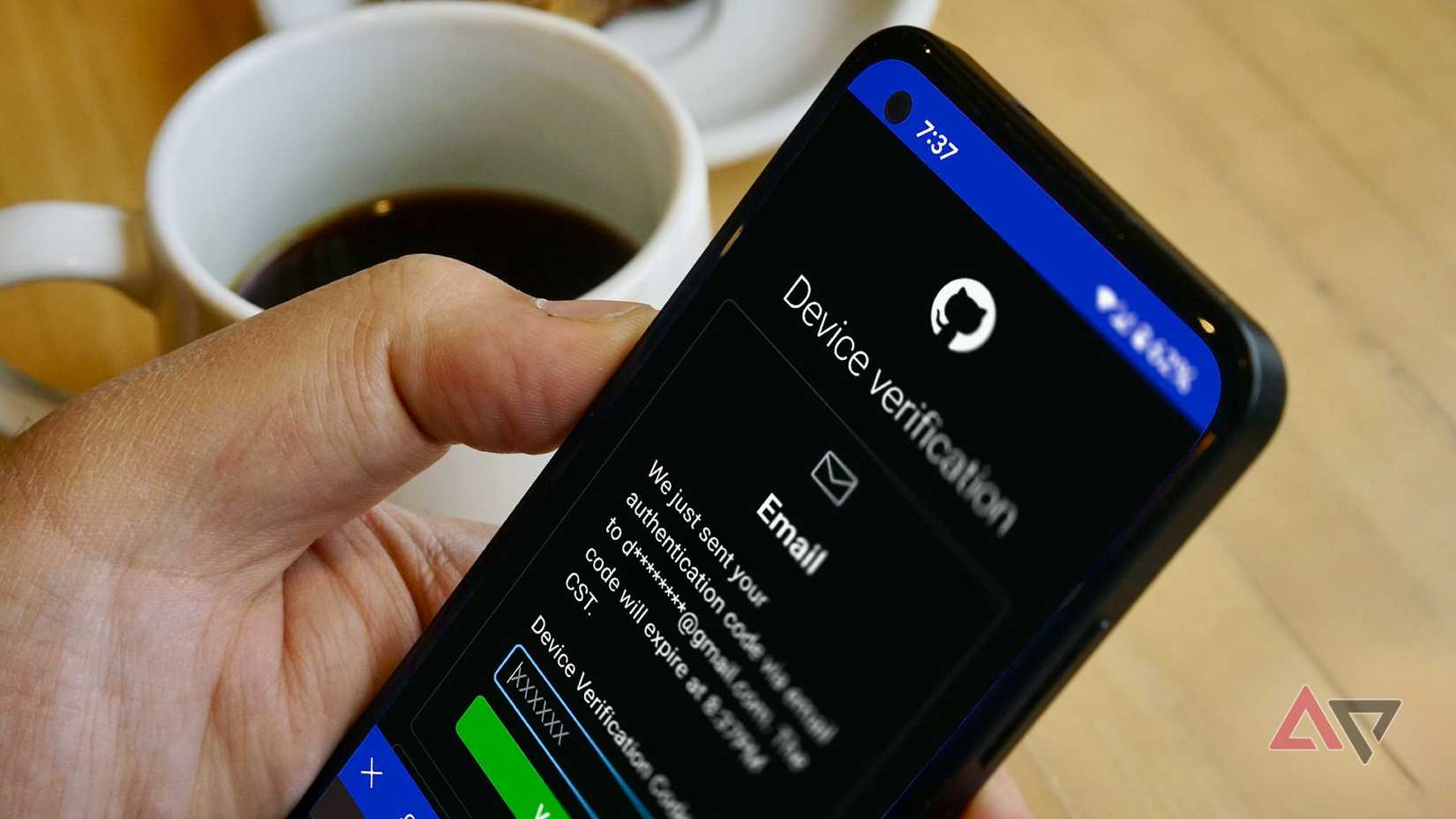I’ve always been aware that my phone collects data, including location, app usage, and search history.
However, after I started digging through app permissions, I noticed that half the apps on my phone had access to things they really didn’t need. I’d granted them ages ago and forgotten all about it.
But after one too many personalized ads hit a little too close to home, I decided to take control.
In just a few days, I took several simple steps that significantly reduced the amount of information my phone revealed about me. The best part was that I didn’t have to give up any of the apps or functionality I rely on every day.
Audit app permissions on Android
The straightforward privacy hack
The first thing I did was a full app permission audit.
Many Android users often tap Allow without considering the implications when an app requests access to their location, microphone, or camera.
However, I discovered that many of the apps I trusted didn’t need these permissions to function.
I went through each permission by going to Settings > Privacy > Permission manager. I was surprised that dozens of apps I barely used had access to my contacts, files, or camera.
I revoked all the unnecessary app permissions from the Permission manager menu. For sensitive permissions, I switched to Ask every time, since it prevents background access without disabling features entirely.
Pruning app permissions means fewer privacy risks and fewer apps running in the background.
Clean up old and unused apps
My phone feels lighter now
After tightening permissions, the next step was dealing with the apps I wasn’t using. Unused apps can be a silent privacy risk.
Even if you haven’t opened them in months, they can still hold old permissions, cached data, and access tokens. Some continue to sync in the background or send analytics data long after you’ve stopped caring about them.
I opened Settings > Apps > App management and uninstalled apps I didn’t need.
It wasn’t just about freeing up storage. Fewer apps meant fewer update notifications, fewer permissions to monitor, and fewer background tasks quietly running in the shadows.
Most importantly, cleaning up unused apps is a one-time effort that continues to pay off.
Turn off ad personalization
Break the feedback loop
Even if you’ve never thought much about it, Android assigns your account an advertising ID, which lets apps and advertisers build a profile around your habits.
That profile includes what you search for, which apps you use, what you buy, and even how you use your phone.
To opt out of ad personalization, I went to Settings > Privacy > Advanced > Ads. Under Ad privacy, I toggled off Allow ad topics and Allow app-suggested ads. I also reset my advertising ID.
When it’s off, Google stops using your activity across apps and services to tailor ads specifically to you.
It doesn’t mean you’ll stop seeing ads entirely; they’ll just become more generic.
Still, it breaks the feedback loop that lets advertisers track your behavior across the web and in apps.
Locking down browser and search privacy
Modify a few settings to reduce tracking
After I’d cleaned up my phone and shut off background tracking, I turned my attention to Chrome and Google Search.
I opened the Chrome app and navigated to Settings > Privacy and security. Under Ad privacy, I toggled off Ad topics and Site-suggested ads.
For a few sites that felt too ad-heavy or intrusive, I also started using Brave as a secondary browser. It blocks trackers and ads by default, without requiring plug-ins or modifications.
Having Brave alongside Chrome gave me the best of both worlds: Chrome for convenience and Brave for privacy-heavy browsing.
Two-factor authentication and secure accounts
Adding a second level of security
After tightening permissions and cleaning up old apps, I realized that all the privacy settings in the world don’t matter if someone can still get into your accounts.
My final step was to ensure that even if a snooping app or phishing attempt slipped through, it couldn’t do much damage. The simplest, yet most effective way to do that is with two-factor authentication (2FA).
I started with my Google account, since it’s the backbone of my Android phone.
On my phone browser, I went to myaccount.google.com, selected Security > 2-Step Verification, and tapped Turn on 2-Step Verification.
Next, I activated 2FA for my banking, email, social media, and cloud storage apps.
While it’s a little tedious to set up across multiple services, it’s a one-time effort that shuts down one of the most common security risks: unauthorized access from reused or leaked passwords.
Privacy does not have to be complicated
Your phone already has powerful, built-in tools to protect your privacy. I didn’t require any special security apps or a new privacy-focused device.
In just a few days after adjusting my phone’s settings, I minimized background tracking, restricted intrusive apps, and regained control over my personal data.



